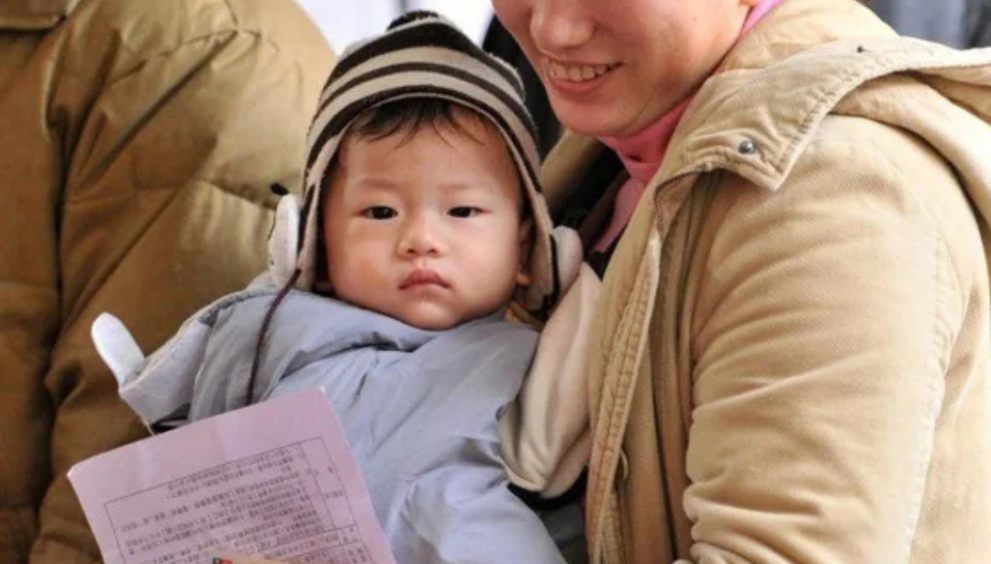In a bold move to counter its declining population, China has introduced a nationwide birth subsidy, offering parents up to 10,800 yuan (approximately $1,500) per child under the age of three. This is the country’s first comprehensive financial incentive aimed at boosting birth rates amid mounting demographic challenges.
The subsidy provides 3,600 yuan (around $500) annually for each child under three, with payments retroactive to the beginning of 2024. Families with children born between 2022 and 2024 are also eligible for partial support under this new scheme. The government expects this initiative to aid around 20 million families, alleviating some of the financial burdens associated with raising young children.
China’s birth rate has been steadily declining despite the government’s decision to end its one-child policy nearly a decade ago. In 2024, the National Bureau of Statistics reported 9.54 million births, a slight increase from the previous year but still insufficient to stop the country’s overall population decline for the third consecutive year. Coupled with a rapidly aging population, these trends have raised serious concerns for China’s future workforce and economic growth.
Before this nationwide program, several Chinese provinces had already piloted similar incentives to encourage higher birth rates. For example, Hohhot, a city in northern China, began offering up to 100,000 yuan per baby for couples having at least three children. Meanwhile, Shenyang provides a monthly subsidy of 500 yuan to families with a third child under three years old. Beijing itself has urged local governments to develop plans for free preschool education to further support families.
In China, raising children comes at a remarkably hefty expense. According to a report by the YuWa Population Research Institute, China is one of the most costly countries in the world in terms of relative costs, with an average cost of $75,700 for raising a child to the age of 17. One of the main causes of the falling birth rates has been the economic strain.
The new birth subsidy represents a strategic effort by the Chinese government to mitigate these challenges by easing financial pressures on young families. By offering direct monetary support and promoting additional family-friendly policies, authorities hope to encourage higher birth rates and stabilize the country’s demographic future.
In summary, China’s introduction of a $1,500 birth subsidy is a landmark policy aimed at addressing the country’s demographic crisis. With birth rates falling and an aging population accelerating, this financial assistance could provide critical relief to families and incentivize more births across the nation.
The success of this birth subsidy and other supportive measures will be closely watched as China navigates one of its most pressing social and economic challenges in recent history.







